|
Art, for Shawn Cornell is a natural extension of his strong sense of curiosity. About everything. “As an artist and as a human being, I’m always finding interesting things,” he says. “Whether it’s music or cooking or writing, there are things that just intrigue me, and I need to try those things.” Shawn is well known for his plein air works, but he produces prints, pottery - and even a collection of robots made from found objects. He’s planning on learning how to work with bronze and blow glass. There are apparently no limits to the materials he is willing to incorporate into his creative projects and no hesitation in learning how to master them. Shawn’s manner is low key, but it’s clear that he thoroughly enjoys what he does. His artistic style reflects his approach toward most things. “Quiet. Calm. I’m not going to yell at you. I’m not going to use bright, bright colors. I’m not going to bang the drum at you. It’s more as if I’m going to whisper poetry.” His plein air works describe the quiet beauty of nature and capture moments in ways that make you feel that this place exists for the moment purely for you. The light. The time of day. The weather. It’s all there, whether in a patch of prairie, a lily pond, the bend of a stream, a hillside of flowers or an architectural detail on a farm. Shawn has worked as a full-time, independent artist for over ten years and values the freedom of his creative life. “I was a graphic designer for 20 years, and for those 20 years everything I did had to be approved by someone else. And after I got out of that field, I promised myself that I am not going to be submitted to that process. I’m going to go out and paint something that I enjoy and just hope that somebody else gets something from seeing it.” And that love of freedom extends to how he paints. “You don’t want to be a servant to what’s in front of you. Nature’s wonderful, but she doesn’t always have the best answers to what should end up on a canvas. You as an artist need to do your best to create a pleasing image that’s going to be represented on a wall.” He talks about the process of actually going into the countryside, finding an interesting scene and capturing it on canvas. For Shawn it involves the challenge of considering the relationships between “reality” and art, the artist and the viewers. “I learned an important lesson in art school - ‘indicate, don’t duplicate’. If you include everything, you eliminate that interaction between the viewers and the piece. You’re telling them everything as opposed to letting them fill in a few things, letting them interpret and be a part of the image. “The difference between plein air painting as opposed to working with a photograph is that the photograph is cropped. If you go out there and paint plein air, your expanse is everywhere you look, and it’s easy to be overcome, so you have to simplify it. So my job as an artist is to edit it so it makes sense to me and so hopefully have it make sense to people who view it.” Every plein air painting comes with a written description of the circumstance surrounding its creation. If you talk with Shawn at a gallery or an art show, he’s eager to talk about the temperature, the weather, and what happened before and after he painted a scene. Because paintings are stories, and stories offer yet another way to share the creative experience. And for Shawn it’s important to communicate the very real experience of being in that particular place at that particular time. As he states on his website, “If you see snow in the painting, it means the artist was standing in snow. If you see rain in the painting, it means the artist was getting very wet.” But even the most energetic artist hits the occasional creative wall, and Shawn has his own solution. “If I’m out painting for a week and start to get creatively blocked, in order to clear that up, I shift to pottery. And it’s a mind shift. I go from 2-D into the 3-D and it completely clears my mind, so I have to start rethinking how things are done.” Much of his ceramic work is reminiscent of the Arts and Crafts and Art Deco movement of the early 20th century. His prints are often based on his plein paintings, which gives him the opportunity to interpret his own works from oil to graphic. From working in the weather and elements to working in a studio. You might see an occasional reference as well to WPA posters of the late 1930s. And though “Robots” might not be a genre on their own, Shawn has a collection of mechanical men he has assembled from interesting items he finds here and there. “When it comes to my robots, they’re just found objects that I started putting together, and it’s like a puzzle putting them together. And they’re not mean robots. They’re not scary. You might want to go over and shake their hand. And that’s the kind of person I am, and I think that’s what comes out in my art.” And so there are many approaches we can take to share the vision of Shawn Cornell - and a very wide variety of media in which that vision lives.
“Yes, they are all very different, but if you put them all together, there is a unity within them. If you put one of my paintings next to one of my prints, next to my pottery, there is a harmony there. Once you put them together, you can see a common hand.” Visit his website at mshawncornellstudio.com
0 Comments
|
Patrick Murphy has worked in St. Louis radio and television for the past forty years. He has produced a variety of arts-related programs for for St. Louis public television, including the series "Arts America" and "Night at the Symphony". He currently serves on the Webster Groves arts commission and is an aspiring water colorist.
Archives
August 2018
Categories
All
|

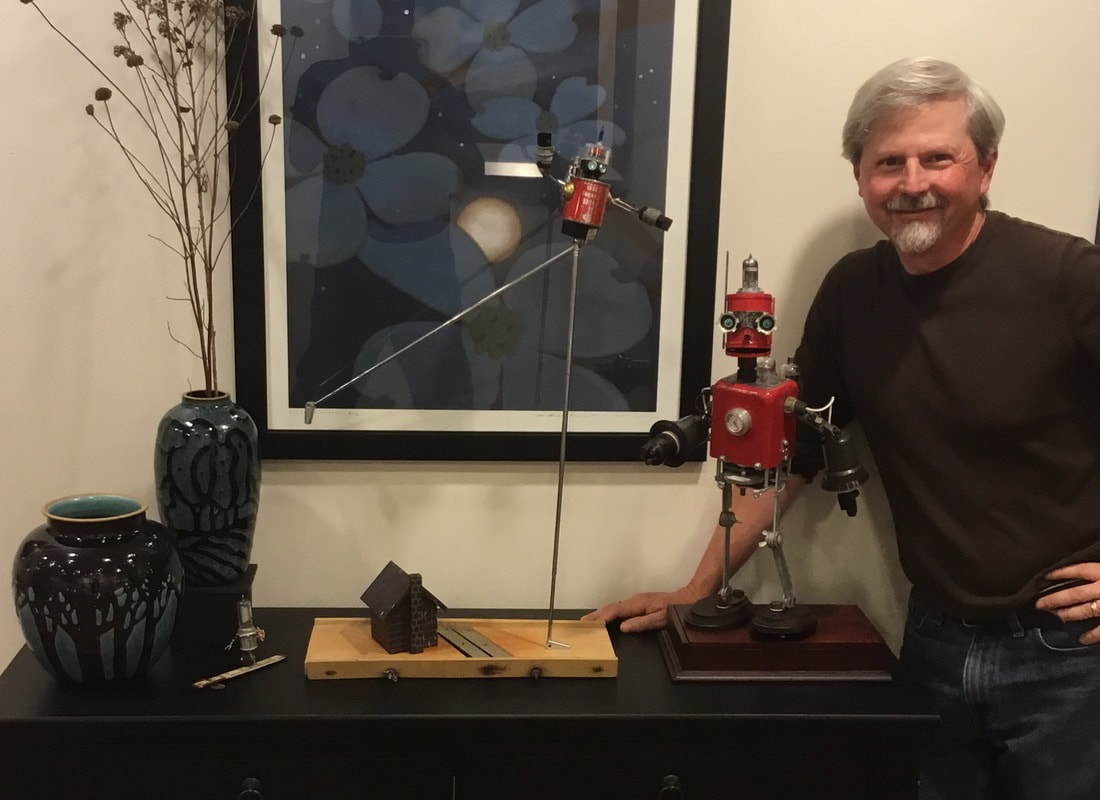
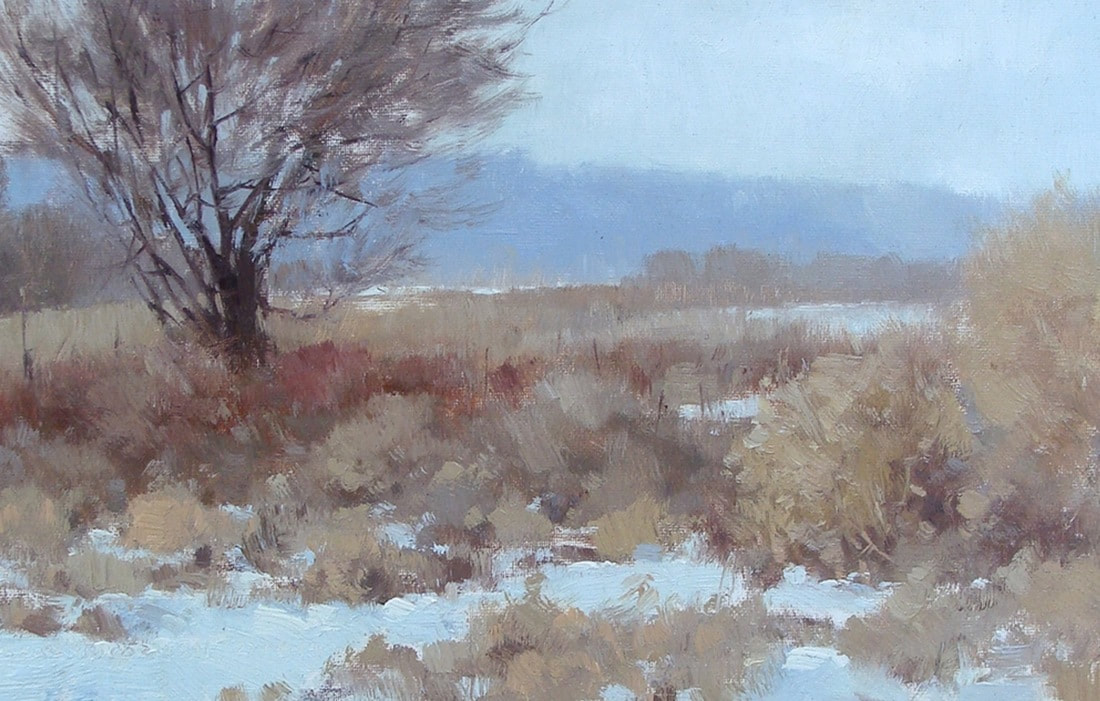
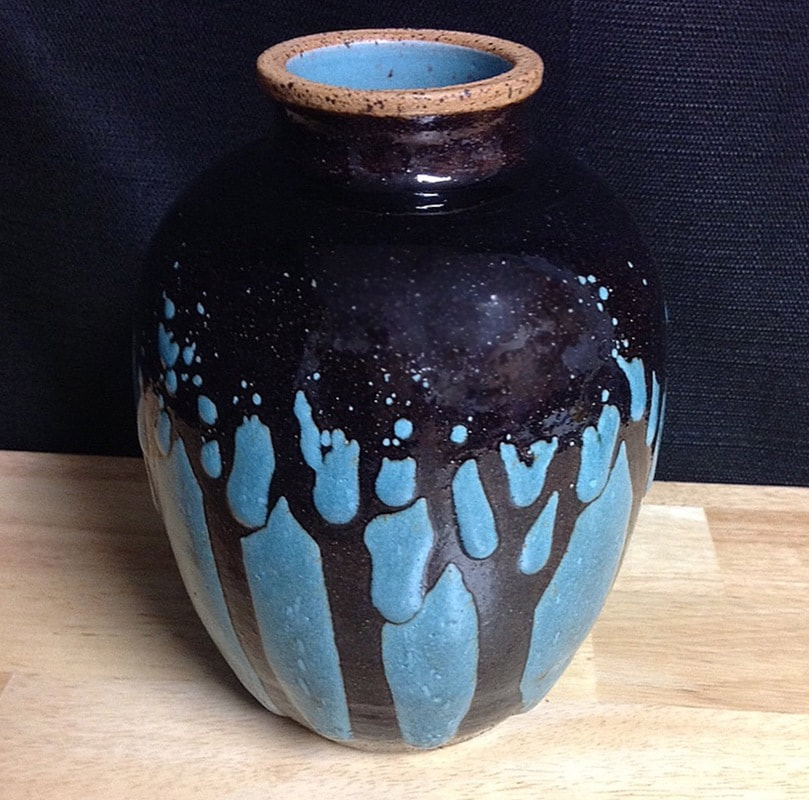
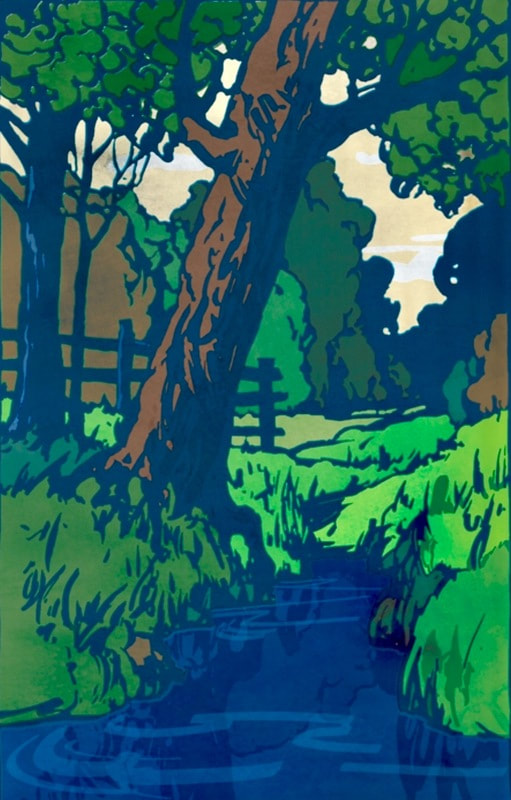
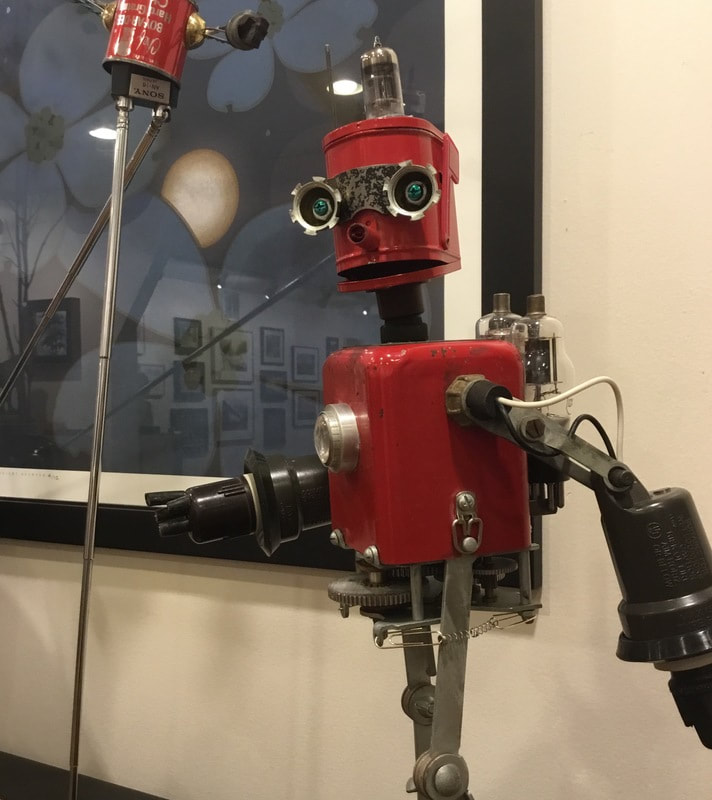
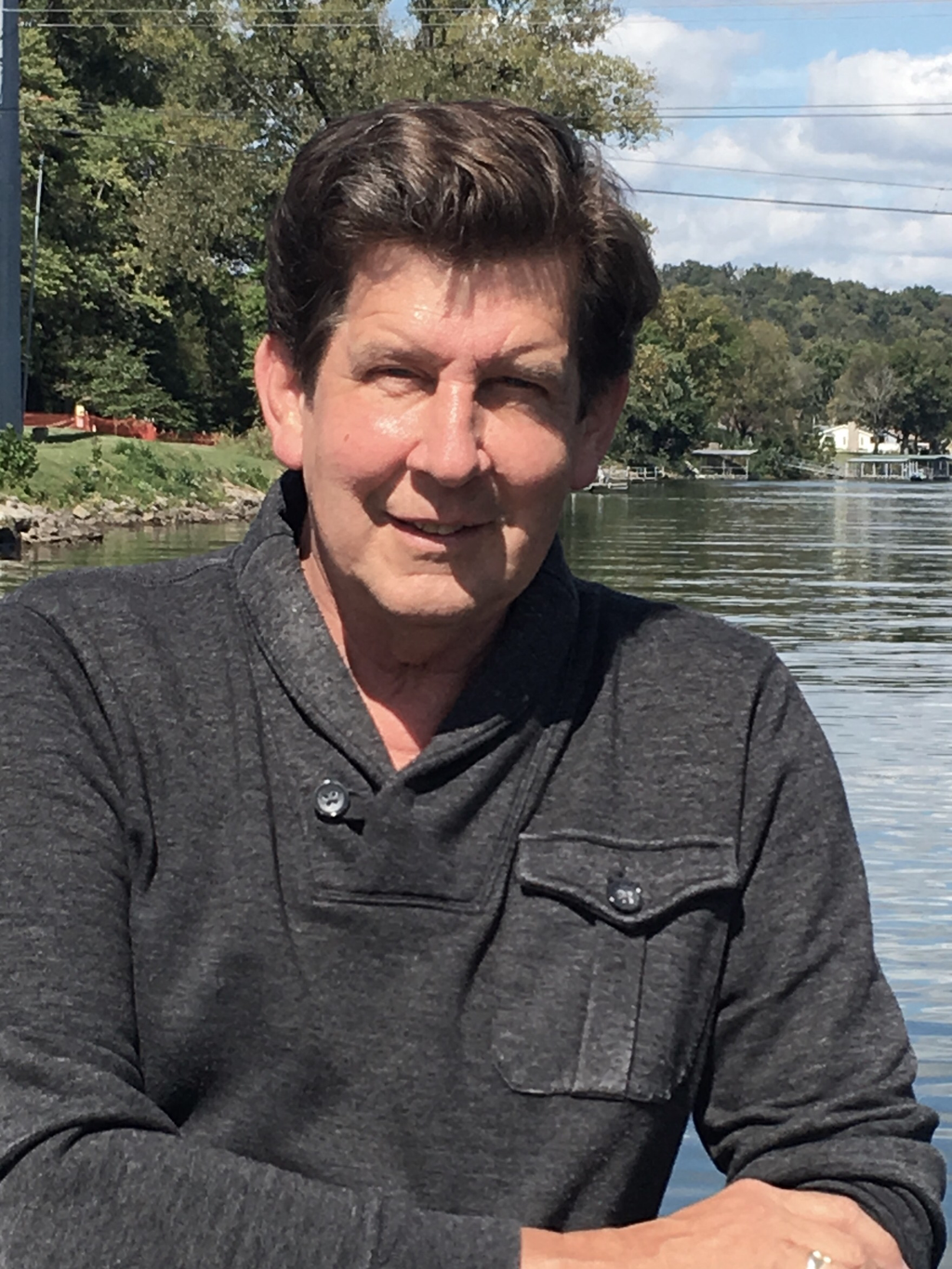
 RSS Feed
RSS Feed